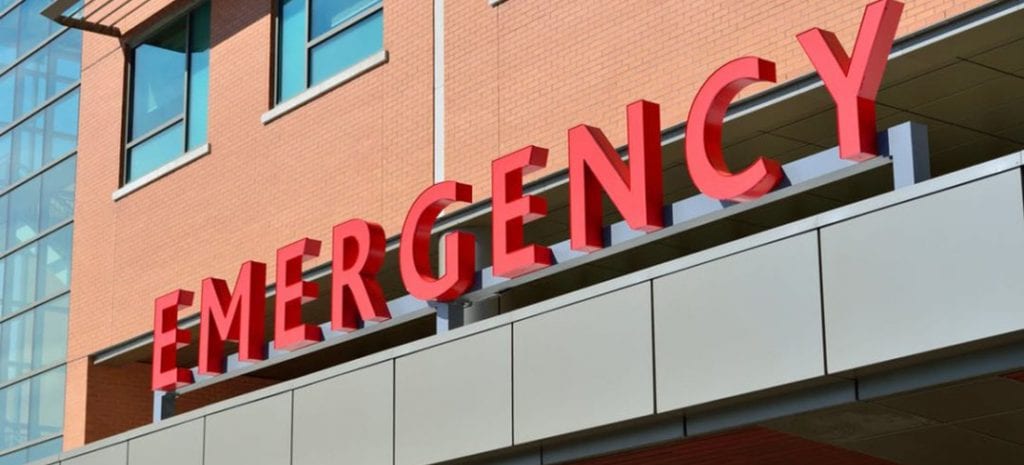
Why is the Doc an easy target?
When it comes to data breaches and cyberattacks, healthcare organizations are a prime target.
There are a few reasons why this is the case: 1) their IT infrastructure has a tendency to be older and connected in ways that create convenient attack surfaces, 2) minimizing IT staff combined with end-of-life equipment exposes vulnerabilities and 3) budgetary limitations and the requirement to share patient information with relevant groups create IT constraints.
Recently, large security studies by Experian and IBM have indicated that attacks on hospitals and other healthcare organizations have now impacted 80%-90% of the industry – and that number is only expected to grow. So where does that leave healthcare organizations that are struggling to invest in cutting-edge IT infrastructure to protect against these sophisticated cyberattacks?
Steps you can take to protect your healthcare business
Luckily, there is a silver lining. If you partner with a highly security-conscious cloud-based service provider, you probably have access to the same tools that most security studies are strongly recommending be fully implemented. It’s also worth noting that the target in most attacks appear to be identities (name, SSN, DOB, email), not medical history, making this relevant for any organization that stores information regarding customer’s identity.
Here are the primary attack vehicles that have been reported and what you can do to safeguard against them:
- Stop them from phishing for a back door and train users to look for these emails. In the past, users could avoid phishing scams by simply checking the destination of links before clicking the, or only opening links sent from known sources. Unfortunately, today’s phishing attacks are much more sophisticated. Anti-virus and anti-malware protection is a requirement, but needs to be backed up by elevated user awareness, and by having secure backups.
- Encrypt important information. Scrambling sensitive data is the next option, so that reading the data should require having a different (and additional) set of authentication credentials. Files can also be encrypted with disk, device or application passwords. Your IT Provider can provide several encryption mechanisms, including secure (encrypted) file sharing, and encrypted email to protect transmitted documents.
- Updates and patches for all connected systems. Some CIOs are scanning their own networks using the same tools as hackers to identify vulnerabilities. The ACMProtect team is constantly monitoring all systems and access points as part of our commitment to providing real-time security for our business customers.
In any situation where sensitive data is being shared, an encrypted Cloud backup, workstation and server monitoring, and an IT Professional who’s got your back are crucial elements to keeping safe from cyberattacks. ACMProtect is happy to provide consultations on how we can play a part in your network security.
